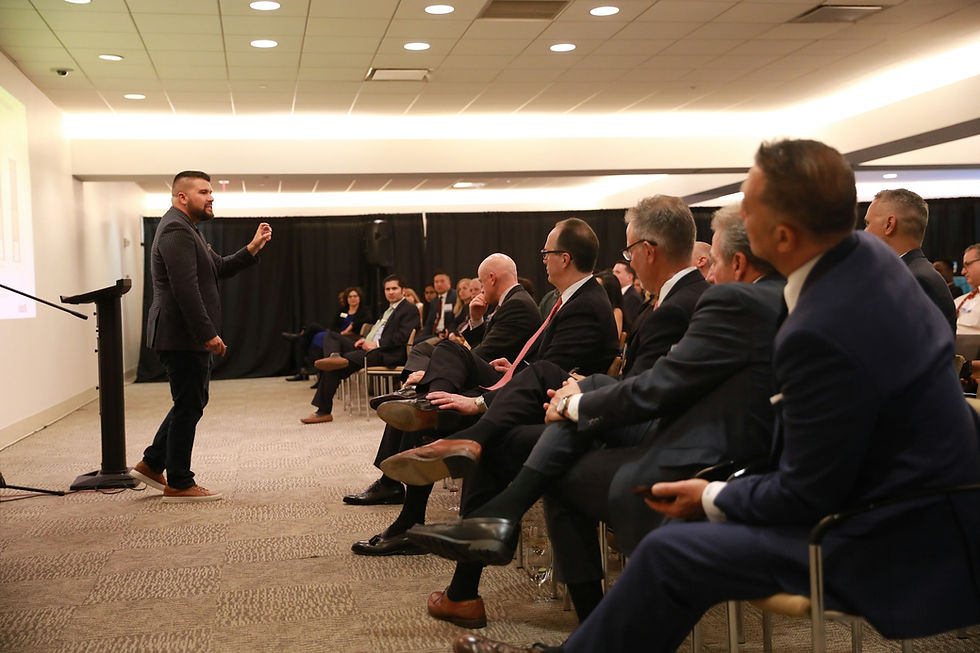Leading AI adoption with a clear vision
- Phil Vinall
- Jun 24
- 2 min read

Does AI spark excitement or unease in your team? As a business leader, your clear vision is needed to ensure smooth AI adoption.
For any AI effort to really hit its stride, it needs a clear purpose, right from the very top. A recent McKinsey report outlined research where not having a clear vision can cause "significant division" in organisations. This kind of disconnect, where only 45% of staff feel good about AI adoption compared to 75% of leaders, shows a clear gap in understanding and alignment. Some employees might even start using their own AI tools on the sly ("shadow AI") if they're not happy with, or can't get to, the official ones. That's a recipe for unmanaged risks for your business.
However, companies with a formal AI strategy report an 80% success rate in AI adoption, significantly higher than the mere 37% for those without one. This significant 43 percentage-point gap highlights how vital a clear vision is to successful AI adoption.
Defining the vision
Successful AI adoption begins with envisioning what an AI-Native version of your business looks like. It's about imagining what your business could become in the next few years with an AI-first mindset. This isn't just about the technology you'll use; it's about seeing how AI fundamentally changes how your business operates, how decisions are made, and how problems are solved. Crucially, it's about understanding what new expertise, culture, and mindset your people will also need to make that vision possible. Start with some of your key frustrations and aspirations - what do you wish you could do away with, and what do you want to do more of? What would your business look like if you started it today with AI running at the heart of it?
Crafting the vision
Once the vision is becoming clear, it's essential to ground it in what’s achievable today - by deepening your practical understanding of AI's capabilities (and limitations) within your unique business context. AI isn’t a magic wand - it requires thoughtful planning, thorough testing, and expert human oversight. As a result, AI works best as a collaborative partner, not just a tool. Think "humans multiplied by machines", genuinely augmenting your team's abilities rather than replacing them. Generative AI can typically boost performance by as much as 40% in a variety of areas for highly skilled workers. This allows your team to focus on higher-value, more engaging (and satisfying) work.
Sharing the vision
Finally, and perhaps most crucially, it’s important to effectively communicate this vision to your team. Transparent communication is vital to ensure your people feel included and informed, rather than threatened by change. It's about painting a picture where they can genuinely see themselves thriving alongside AI, not being replaced by it. Leaders who proactively educate employees, involve them in decisions, and maintain transparency can transform resistance into advocacy. This empathetic approach helps bridge the gap between management and employee perceptions, fostering a culture of trust and shared success. Remember, successful AI adoption isn't about rushing into technology; it's about bringing your people along thoughtfully.
What's your initial thought or biggest question about defining a powerful AI vision for your business? I'd love to hear your thoughts in the comments below.

Comments